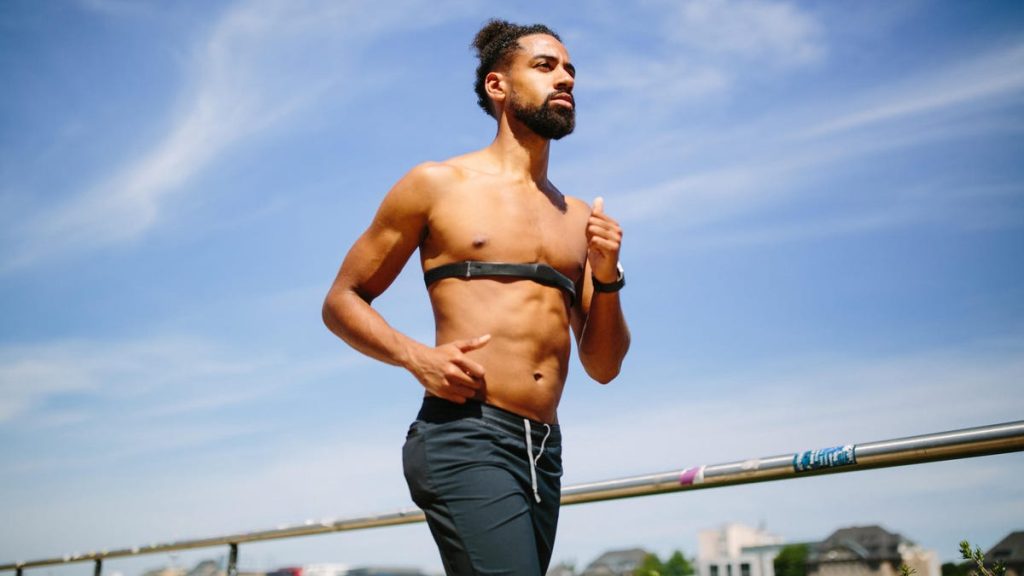Choosing the best heart-rate monitor chest strap for your workout involves considering factors such as strap width, module size, internal storage, metrics, and battery life. The strap width and module size determine the comfort level of the monitor, with some using slim straps and tiny modules while others use wider straps and larger monitors. Internal storage allows you to store data without needing to carry your smartphone during workouts. Consider the metrics you want to monitor, as higher-end models offer a range of data such as run cadence, stride length, blood pressure, calorie burn, and heart-rate variability. Battery life is also important, as some monitors have rechargeable batteries while others may have longer battery life but are not replaceable.
When comparing chest strap and wrist-worn heart-rate monitors, it’s important to note the differences in technology used to provide readings. Electrical sensors in chest strap monitors detect electrical currents produced by the heart, making them more accurate during physical activity. On the other hand, wrist-worn monitors use optical sensors to track pulse rate in arteries, which may be less reliable during high-intensity activities. The choice between the two depends on the accuracy and reliability needed for your workout routine.
The technology used for connectivity, such as ANT Plus and Bluetooth, also plays a role in choosing a heart-rate monitor. Bluetooth is commonly used in wrist-worn monitors like the Apple Watch, allowing connection to one device at a time. In contrast, ANT Plus technology enables wireless connection to multiple devices simultaneously, making it ideal for athletes tracking data from various sources. Some devices may require adapters to connect to smartphones lacking ANT Plus capabilities, so consider compatibility with your specific device when choosing a monitor.
Most users prefer Bluetooth connectivity for its ease of use and compatibility with a wide range of devices. However, heart-rate monitors that include both ANT Plus and Bluetooth offer flexibility for connecting to different devices. Whether you prioritize fast connection speed or the ability to connect to multiple devices, understanding the differences between these technologies can help you make an informed decision when selecting a heart-rate monitor for your workout routine. Consider your specific preferences and workout needs to choose the chest strap that best suits your fitness goals.


